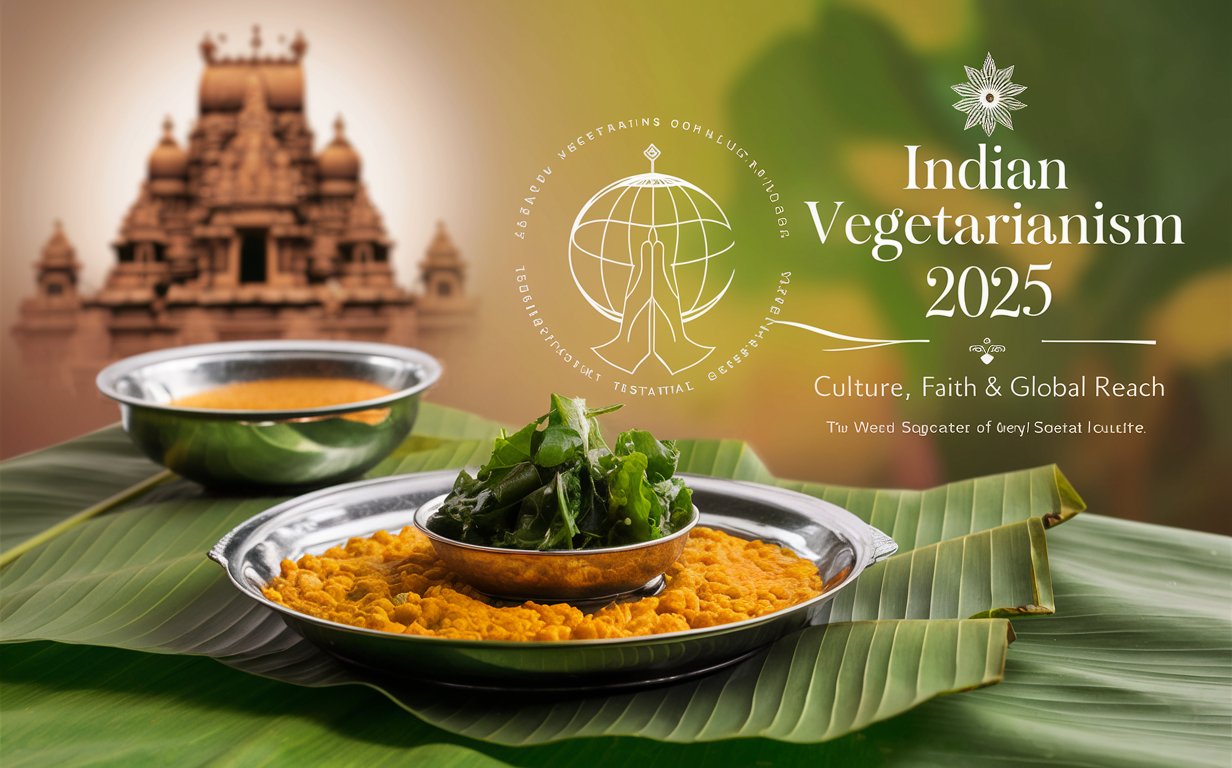Make Bhajiya At Home In Easy Way | Bhajiya Recipe
Bhajiya, also known as bhaji or bhajji, is a popular Indian snack renowned for its crispy texture and delectable flavor. This savory treat, often enjoyed during monsoon season or as an evening snack, holds a special place in Indian cuisine. In this comprehensive guide, we will explore the history, preparation, variations, and cultural significance of Bhajiya.

What is Bhajiya?
Definition and Description
Bhajiya is a type of deep-fried fritter made from a variety of ingredients, typically vegetables or lentils, coated in a spiced gram flour (besan) batter. The batter is seasoned with spices and herbs to enhance the flavor. Once deep-fried, Bhajiya becomes crispy on the outside while remaining soft and flavorful on the inside. This combination of textures and flavors makes Bhajiya a beloved snack across India.
Origins and Cultural Significance
Bhajiya has its roots deeply embedded in Indian culinary traditions. Originating from the Indian subcontinent, Bhajiya is enjoyed across various regions and cultures, with each area adding its unique twist to the recipe. In Maharashtra, Bhajiya is often served with spicy chutneys and is a staple at festivals and family gatherings. In Gujarat, Bhajiya is commonly served with tea and is an essential part of street food culture. The dish reflects the diverse and rich food culture of India, showcasing the versatility and creativity of Indian cooking.
Ingredients for Bhajiya
Basic Ingredients
- Gram Flour (Besan): The primary ingredient for the batter. Besan provides a base for the coating and helps achieve the crispy texture of the Bhajiya.
- Vegetables or Lentils: Common choices include onions, potatoes, spinach, and cauliflower. Lentil-based Bhajiya might use chana dal or urad dal.
- Spices: Essential spices include turmeric, cumin seeds, coriander powder, and red chili powder. These spices add depth and flavor to the Bhajiya.
- Water: Used to mix with besan to create a smooth batter.
Optional Ingredients
- Herbs: Fresh cilantro or curry leaves can be added to the batter for extra flavor.
- Chili Peppers: Green chilies or red chili flakes can be included for additional heat.
How to Prepare Bhajiya
Step-by-Step Preparation
1. Preparing the Ingredients
- Vegetables: Wash and slice vegetables like potatoes, onions, or cauliflower. Ensure that the slices are uniform to ensure even cooking.
- Lentils: If using lentils, soak them for a few hours and then grind them into a coarse paste.
2. Making the Batter
- Mixing the Besan: In a mixing bowl, combine gram flour (besan) with spices such as turmeric, cumin seeds, coriander powder, and red chili powder.
- Adding Water: Gradually add water to the besan mixture to form a smooth, thick batter. The batter should be thick enough to coat the vegetables or lentils without dripping.
3. Coating and Frying
- Coating the Ingredients: Dip the prepared vegetables or lentil paste into the batter, ensuring they are well-coated.
- Heating Oil: Heat oil in a deep frying pan or kadai over medium heat. The oil should be hot enough to fry the Bhajiya but not smoking.
- Frying: Carefully drop the coated vegetables or lentils into the hot oil. Fry in batches to avoid overcrowding. Cook until golden brown and crispy, turning occasionally to ensure even cooking.
- Draining Excess Oil: Remove the fried Bhajiya with a slotted spoon and drain excess oil on paper towels.
Serving Suggestions
Traditional Accompaniments
- Chutneys: Serve Bhajiya with a variety of chutneys such as mint chutney, tamarind chutney, or coconut chutney for added flavor.
- Tea: Bhajiya pairs exceptionally well with a cup of masala chai or any other Indian tea, making it a perfect evening snack.
Presentation Ideas
- Garnishing: Garnish Bhajiya with freshly chopped cilantro or a squeeze of lemon juice for a burst of freshness.
- Serving: Arrange the Bhajiya on a platter with accompanying chutneys and garnishes to create an appealing presentation.
Variations of Bhajiya
Regional Twists
- Onion Bhajiya: Made with thinly sliced onions, this variant is especially popular in Maharashtra and Gujarat. The onions become sweet and caramelized when fried.
- Potato Bhajiya: Slices or wedges of potato are dipped in the batter and fried until crispy. This variation is a favorite street food option.
Innovative Recipes
- Spinach Bhajiya: Add chopped spinach leaves to the batter for a nutritious twist on the traditional recipe.
- Mixed Vegetable Bhajiya: Combine a variety of vegetables, such as carrots, peas, and bell peppers, for a colorful and flavorful Bhajiya.
Nutritional Value and Health Benefits
Nutritional Information
Bhajiya is rich in carbohydrates and provides a good amount of dietary fiber, especially when made with vegetables. However, it is also high in fat due to the deep-frying process. The nutritional content can vary based on the ingredients and the amount of oil used.
Health Benefits
- Fiber-Rich: Bhajiya made with vegetables provides dietary fiber, which supports digestive health and aids in maintaining a healthy digestive system.
- Energy Boost: The carbohydrates in Bhajiya provide a quick energy boost, making it a popular snack choice for a mid-day or evening pick-me-up.
Conclusion
Bhajiya is a cherished snack in Indian cuisine, celebrated for its crispy texture and flavorful taste. Whether enjoyed with a hot cup of tea or as part of a festive spread, Bhajiya represents the rich and diverse culinary traditions of India. By following the preparation steps and exploring the variations outlined in this guide, you can create delicious and satisfying Bhajiya at home. This versatile snack not only provides a delightful eating experience but also offers a glimpse into the heart of Indian food culture.



Post Comment